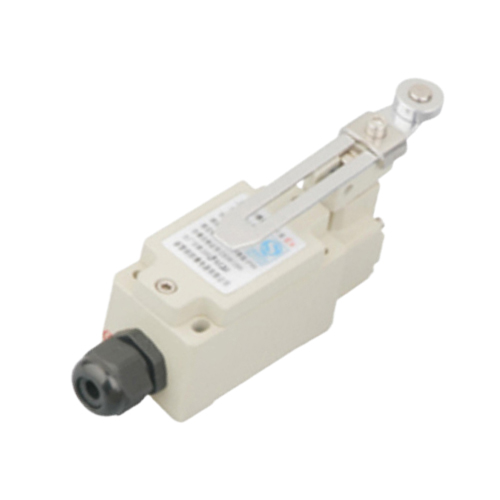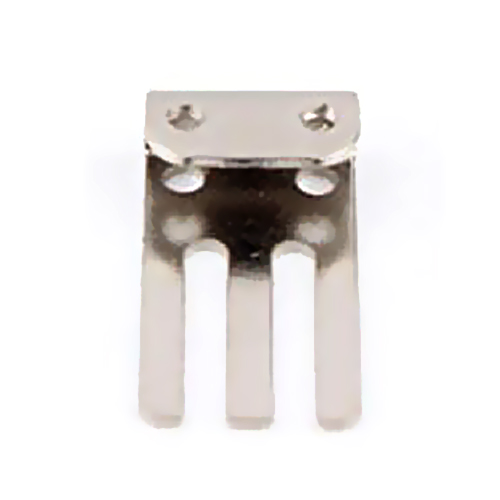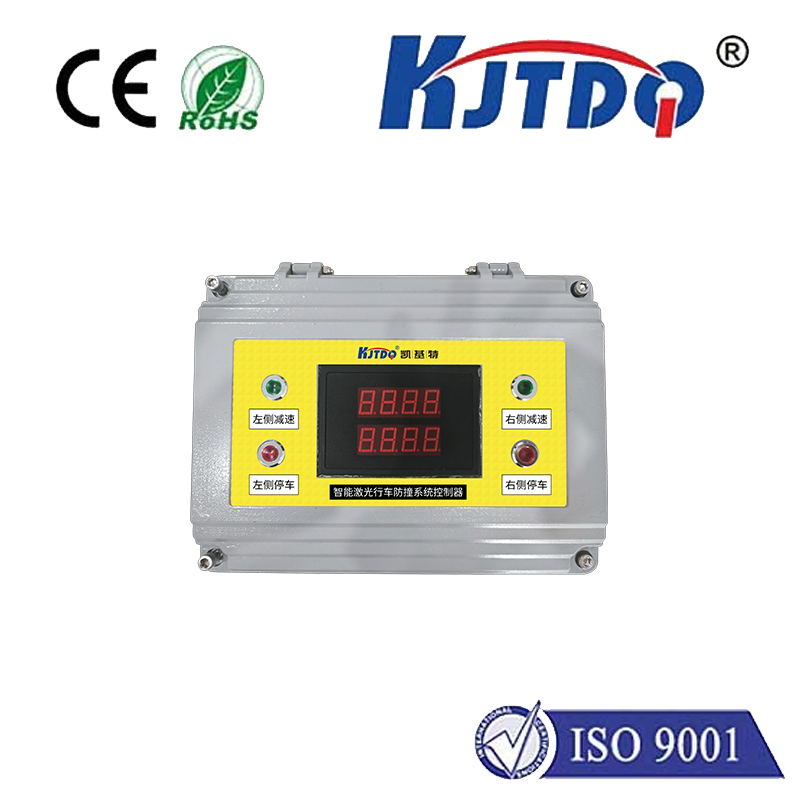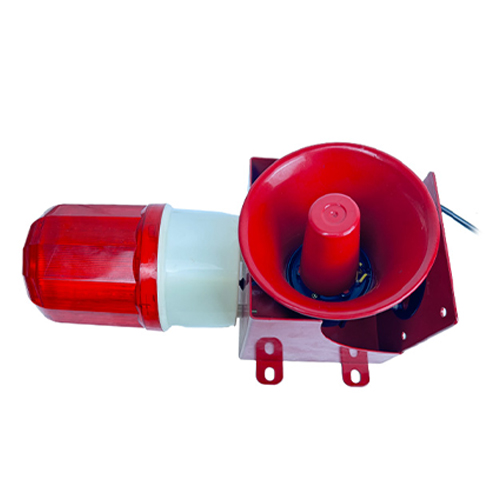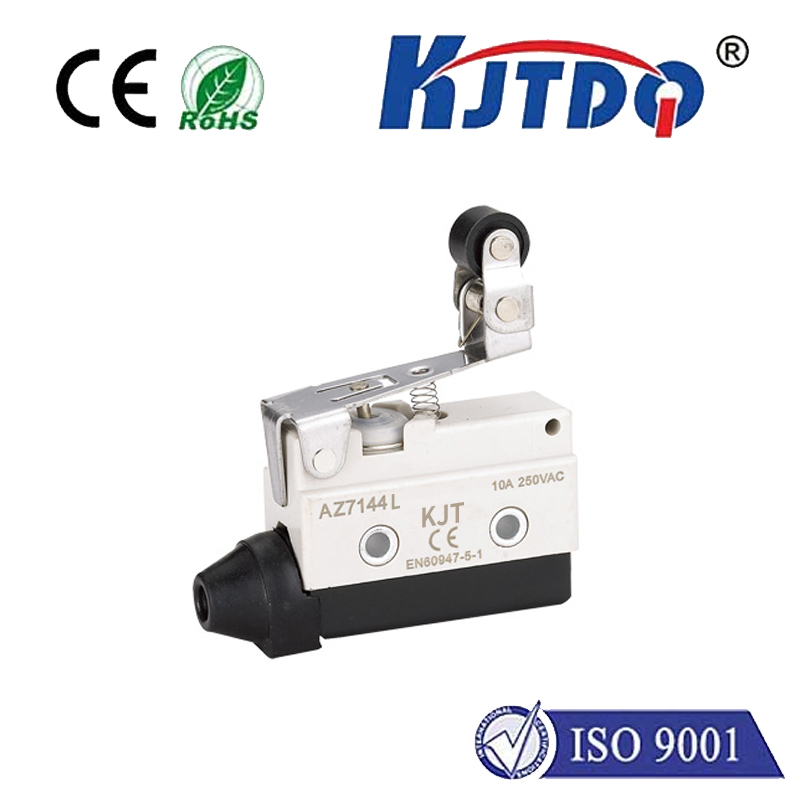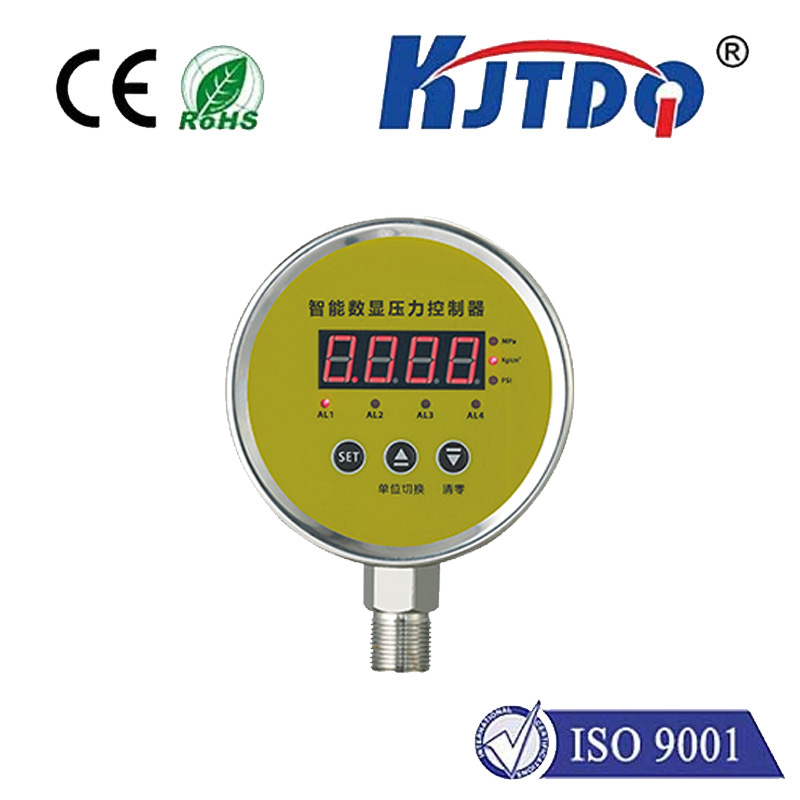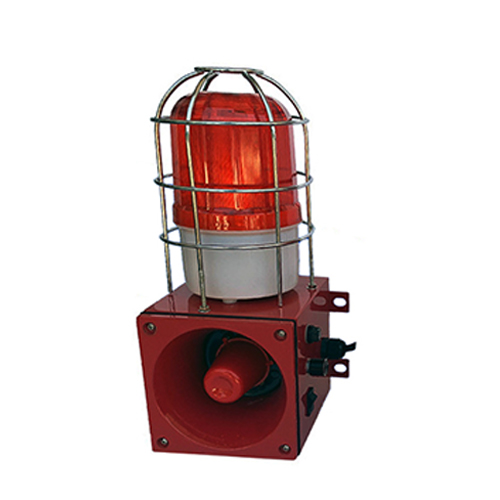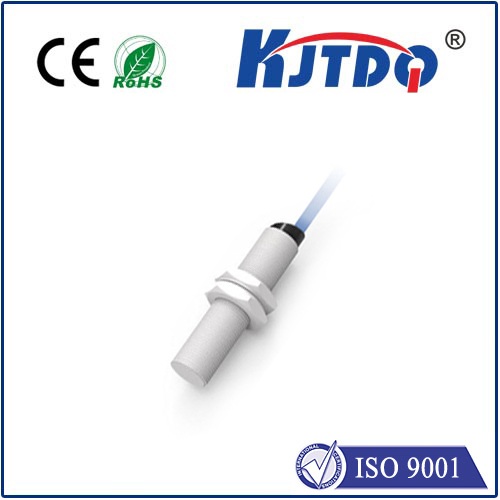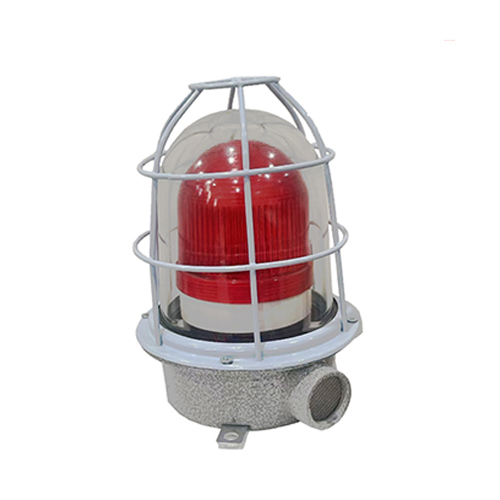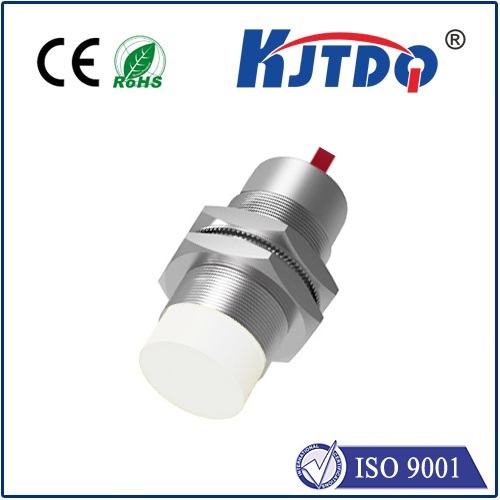

check

check

check

check
Radar Depth Sensor: Revolutionizing Industrial Automation and Autonomous Systems
In the rapidly evolving landscape of industrial automation and autonomous systems, the integration of advanced sensing technologies has become a critical factor in enhancing efficiency, precision, and safety. Among the most transformative innovations in this domain is the radar depth sensor. This cutting-edge device combines the capabilities of radar and depth sensing to provide real-time data about the environment, making it a vital component in modern automation systems.
A radar depth sensor works by emitting electromagnetic waves and measuring the time it takes for them to return after reflecting off objects. This time measurement is then converted into distance data, allowing the sensor to determine the depth of objects in its field of view. Unlike traditional optical sensors, radar depth sensors can operate in challenging environments, including low-light conditions, adverse weather, and even through obstacles such as fog or smoke. This makes them ideal for applications where visibility is limited or where the environment is unpredictable.

The primary advantage of radar depth sensors lies in their ability to provide accurate distance measurements without requiring direct line-of-sight. This capability is particularly valuable in industrial settings where machines need to navigate around moving parts, avoid collisions, and maintain safe distances from people or objects. Additionally, radar depth sensors are often used in autonomous vehicles, drones, and robotic systems to enable precise navigation and obstacle avoidance.
One of the key applications of radar depth sensors is in automated warehouses and manufacturing plants. These environments require high precision and reliability in object detection and movement control. A radar depth sensor can monitor the position of goods, track the movement of conveyor belts, and ensure that machines do not collide with each other or with inventory. This not only improves efficiency but also reduces the risk of damage to equipment and products.
Another significant use case is in autonomous robotics. In industrial automation, robots often operate in close proximity to humans and other machinery. A radar depth sensor can help these robots maintain safe distances, avoid unexpected obstacles, and navigate complex environments with greater confidence. This is especially important in scenarios where human intervention is not feasible or safe, such as in high-risk manufacturing processes.
In addition to industrial applications, radar depth sensors are also playing a growing role in smart cities and urban infrastructure. They are used in traffic monitoring systems to detect vehicles and pedestrians, assist in traffic flow optimization, and enhance public safety. These sensors are particularly useful in areas with poor visibility, such as dense urban areas or during adverse weather conditions.
Despite their benefits, radar depth sensors are not without challenges. One of the main limitations is their accuracy in certain conditions. Factors such as interference from other electromagnetic signals or environmental noise can affect the sensor’s performance. Additionally, the cost of radar depth sensors can be a barrier for small-scale industries or startups. However, advancements in technology and manufacturing are gradually reducing these barriers, making radar depth sensors more accessible and cost-effective.
In conclusion, the radar depth sensor represents a significant leap forward in the field of sensing and automation. Its ability to provide accurate depth measurements in diverse environments makes it an essential tool for modern industrial and autonomous systems. As technology continues to evolve, the role of radar depth sensors will only become more prominent, driving innovation and efficiency across multiple industries.
